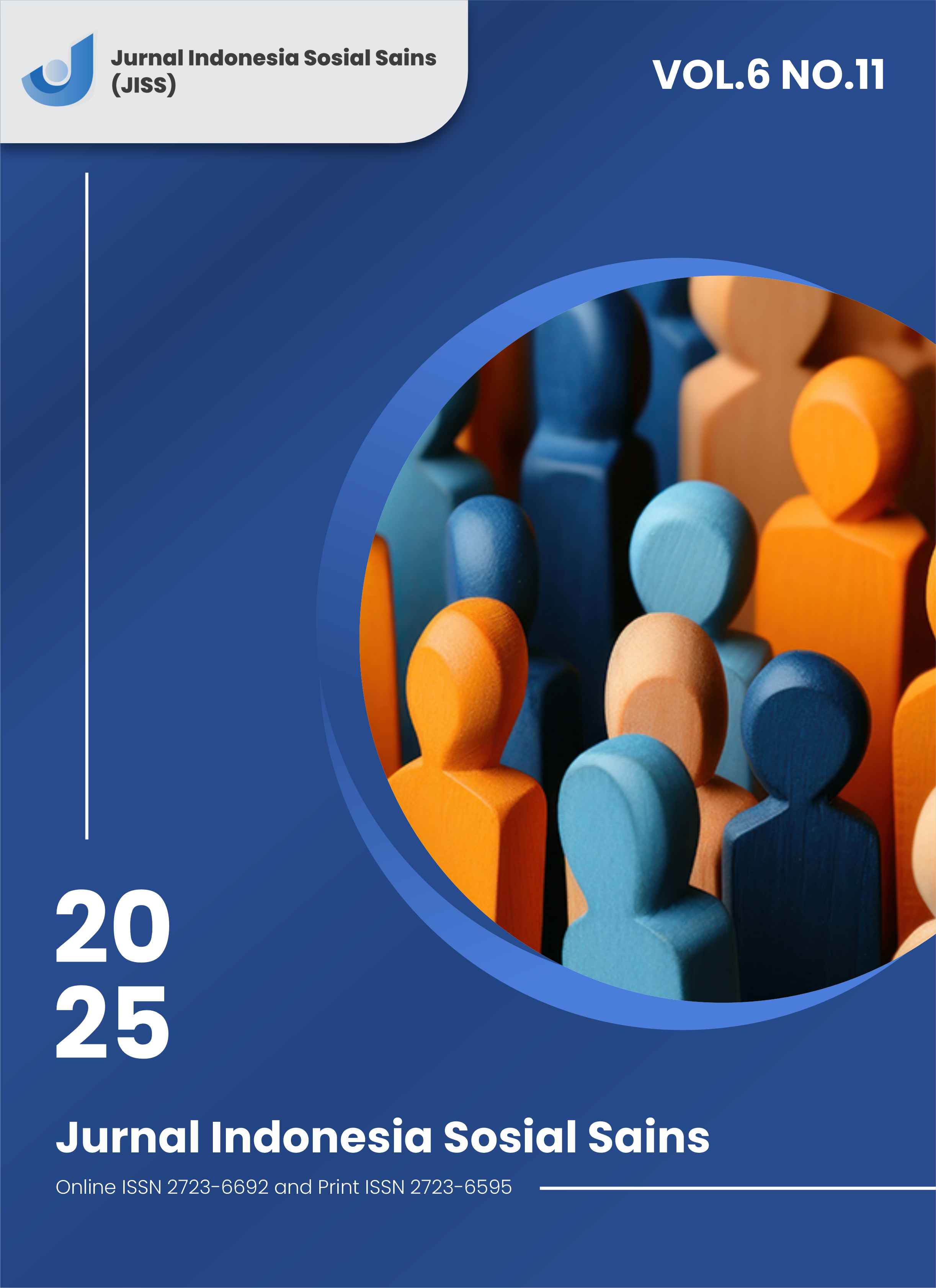Esophageal achalasia is treated with surgical Heller Cardiomyotomy and Dor Funduplication a rare case report
DOI:
https://doi.org/10.59141/jiss.v6i11.2091Keywords:
Achalasia, Dysphagia, Dor fundoplicationAbstract
Achalasia is an esophageal motility disorder characterized by a lack of peristalsis and impaired relaxation of the lower esophageal sphincter. With elevated LES pressure, the esophageal diameter can increase, and some patients develop end-stage achalasia, such as megaesophagus or sigmoid esophagus with significant dilation and tortuosity. The global annual incidence of achalasia is approximately 1 in 100,000, with an overall prevalence of 9 to 10 per 100,000. Patients most commonly experience dysphagia with liquids, regurgitation, and sometimes chest pain with or without weight loss. Management of this type of achalasia aims to relieve symptoms by improving esophageal emptying and reducing the pressure gradient. This case report discusses a patient who underwent surgical heller cardiomyotomy and dor fundoplication for the management of esophageal achalasia.
Downloads
Published
How to Cite
Issue
Section
License
Copyright (c) 2025 Agus Frengky, Pande Made Gunawan Adi Putra

This work is licensed under a Creative Commons Attribution-ShareAlike 4.0 International License.
Authors who publish with this journal agree to the following terms:
- Authors retain copyright and grant the journal right of first publication with the work simultaneously licensed under a Creative Commons Attribution-ShareAlike 4.0 International. that allows others to share the work with an acknowledgement of the work's authorship and initial publication in this journal.
- Authors are able to enter into separate, additional contractual arrangements for the non-exclusive distribution of the journal's published version of the work (e.g., post it to an institutional repository or publish it in a book), with an acknowledgement of its initial publication in this journal.
- Authors are permitted and encouraged to post their work online (e.g., in institutional repositories or on their website) prior to and during the submission process, as it can lead to productive exchanges, as well as earlier and greater citation of published work.












